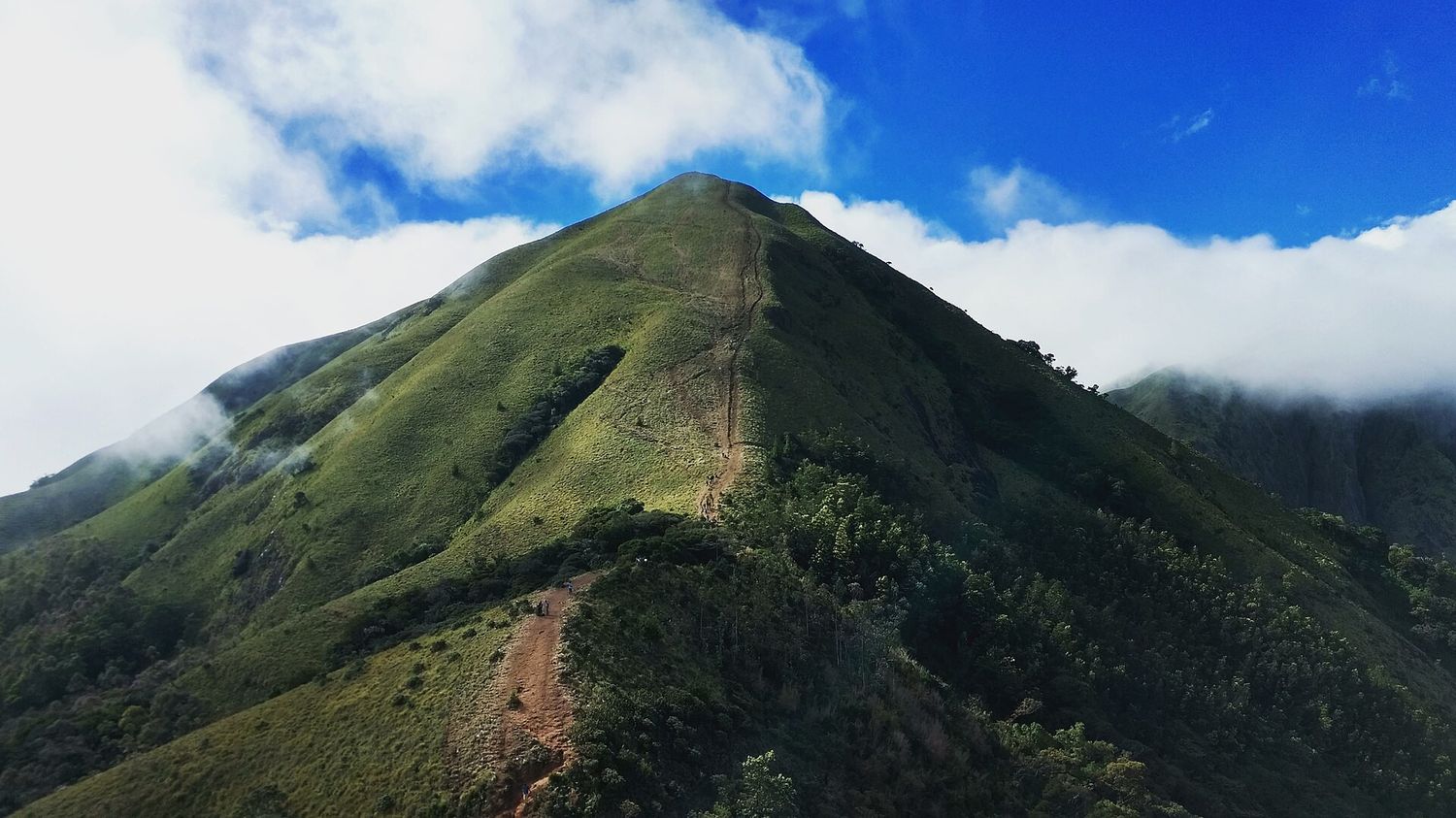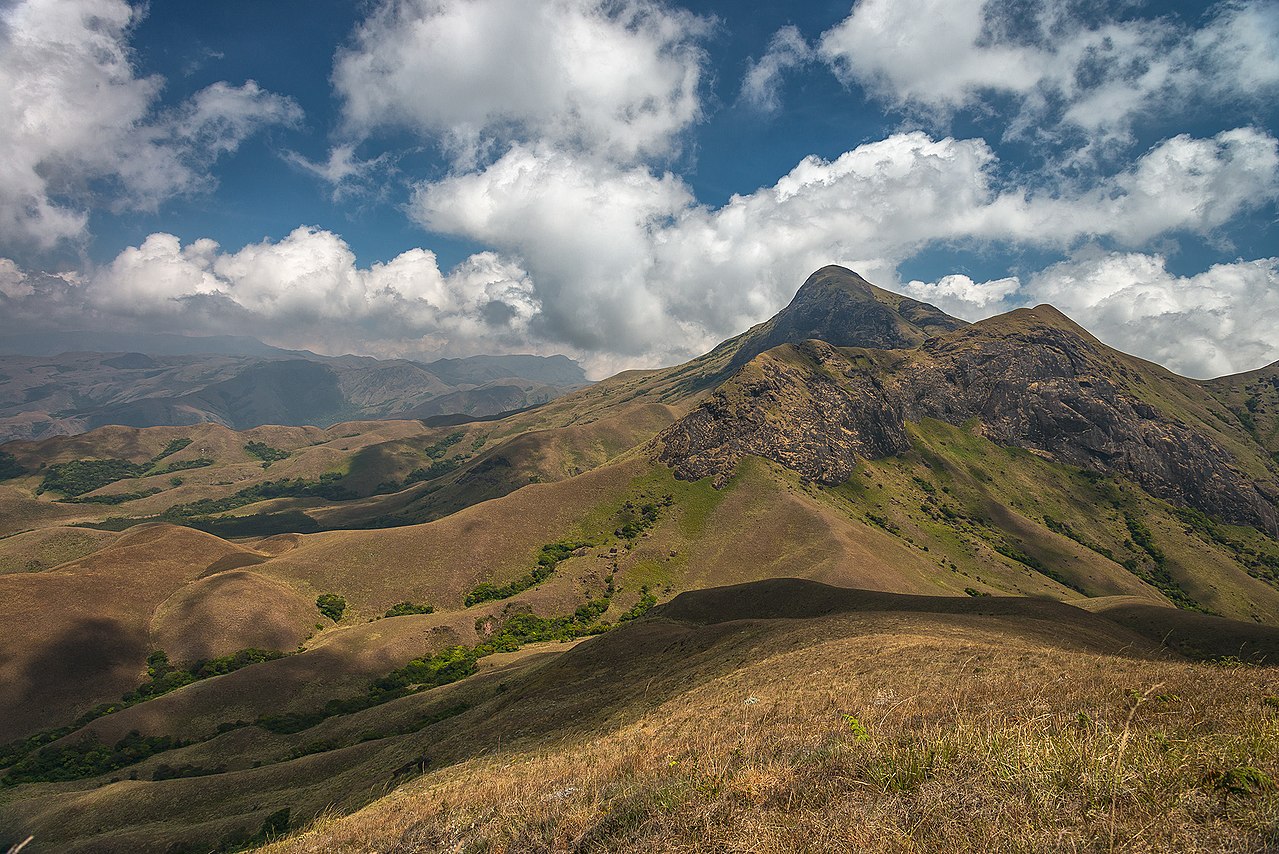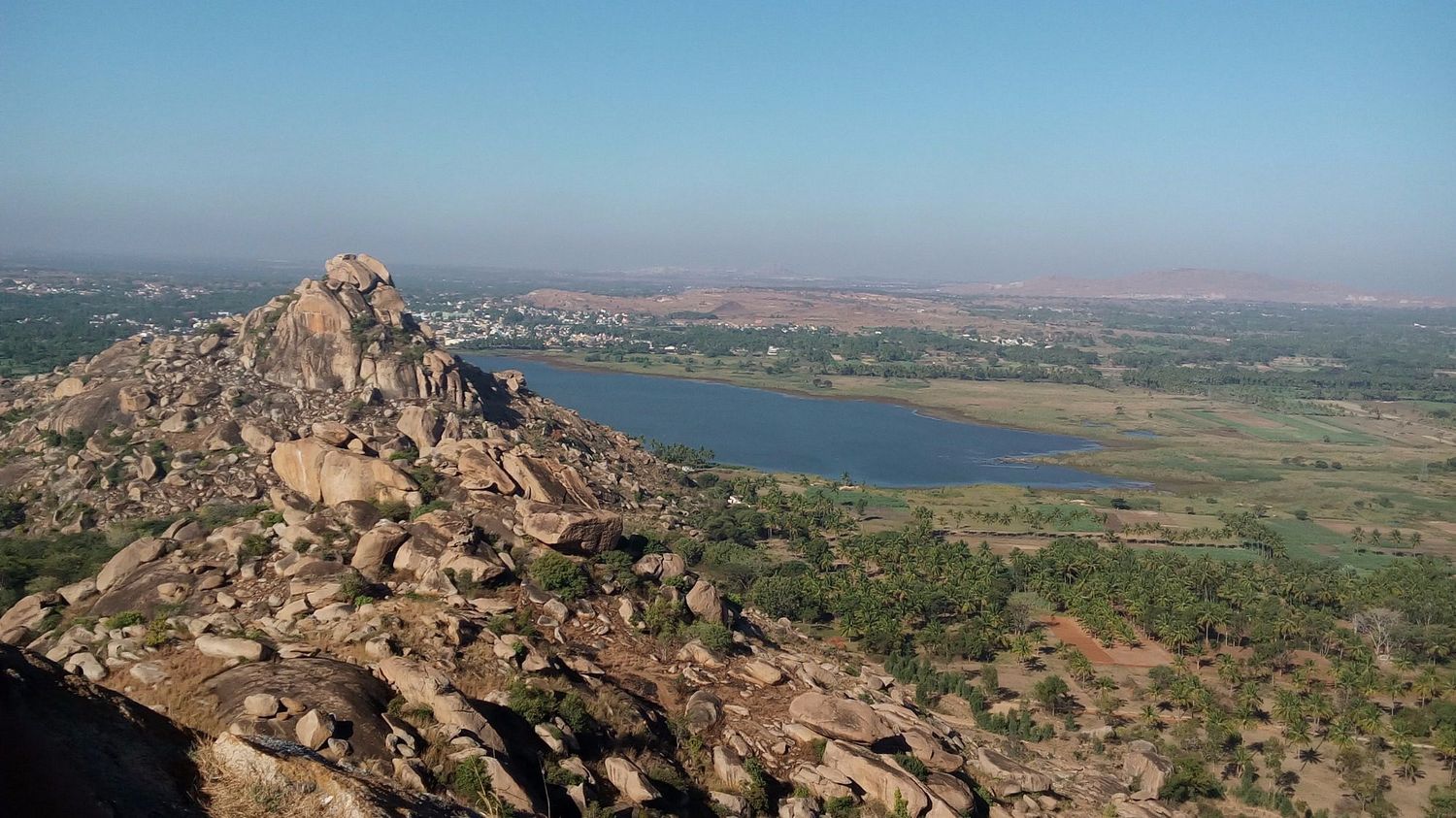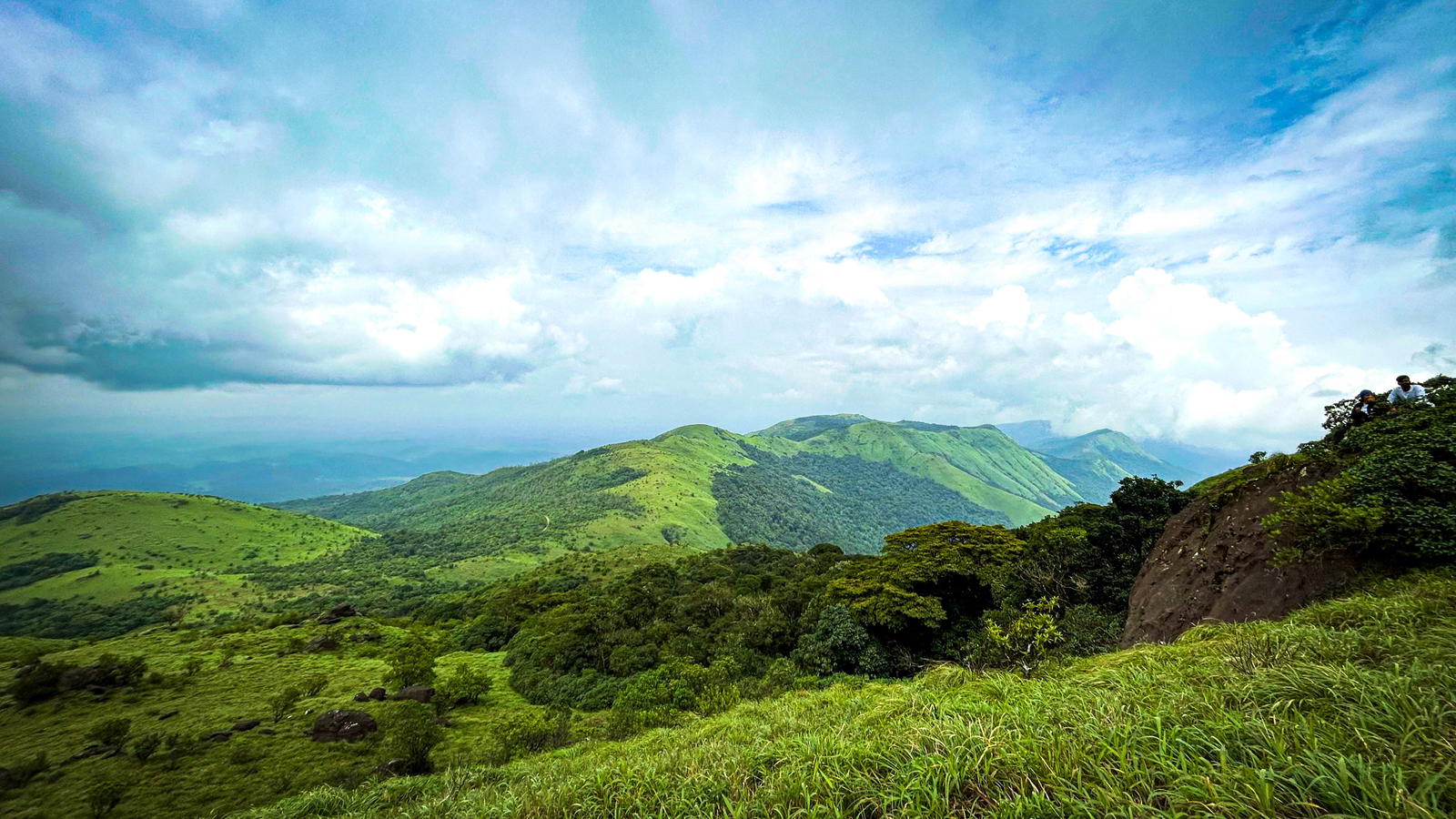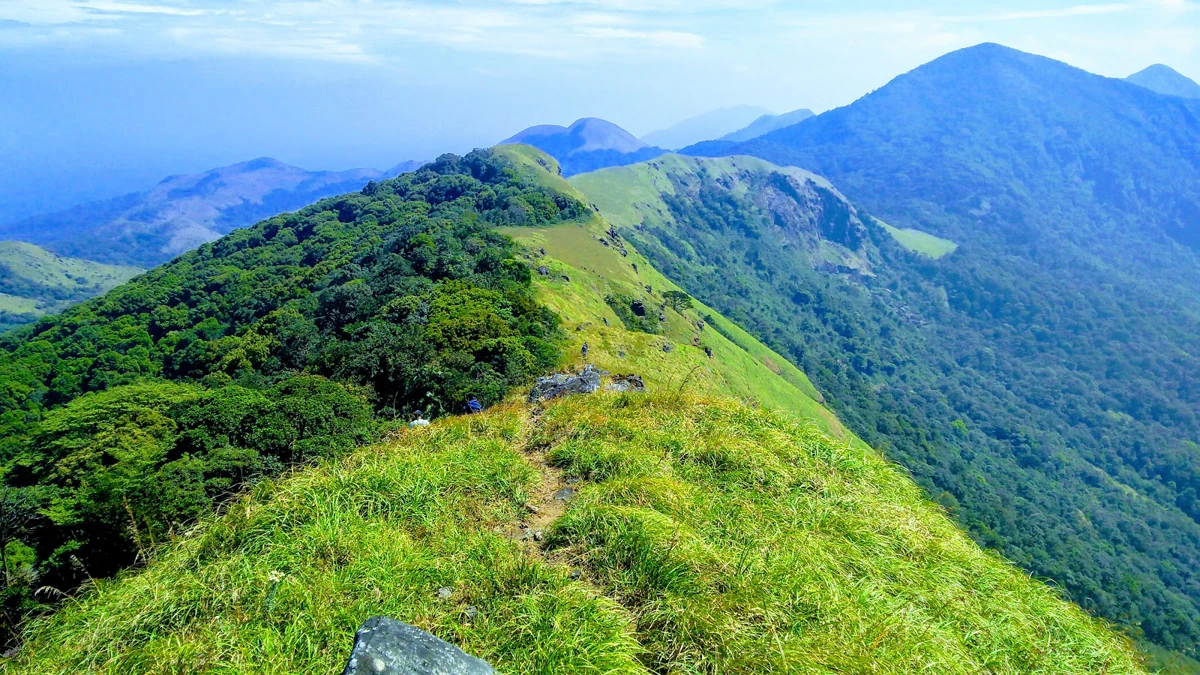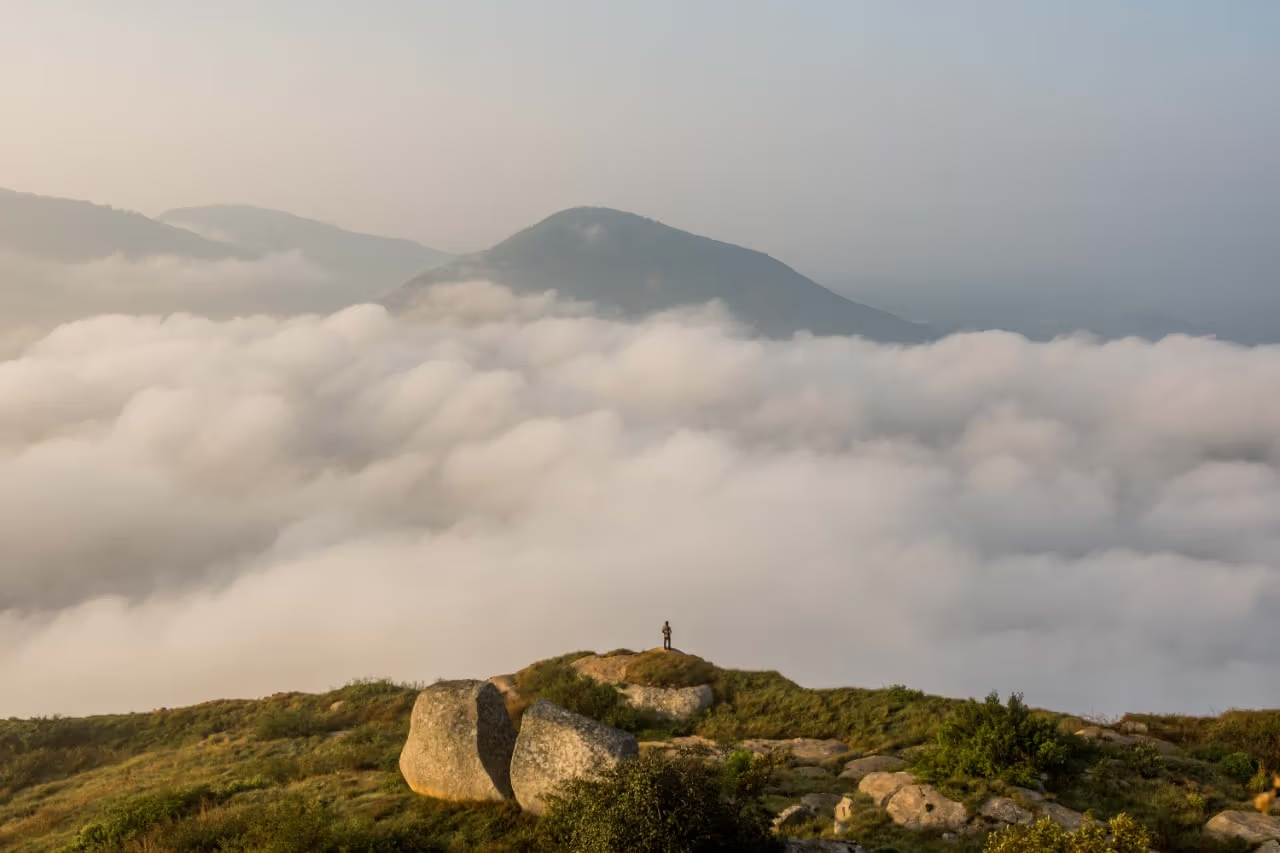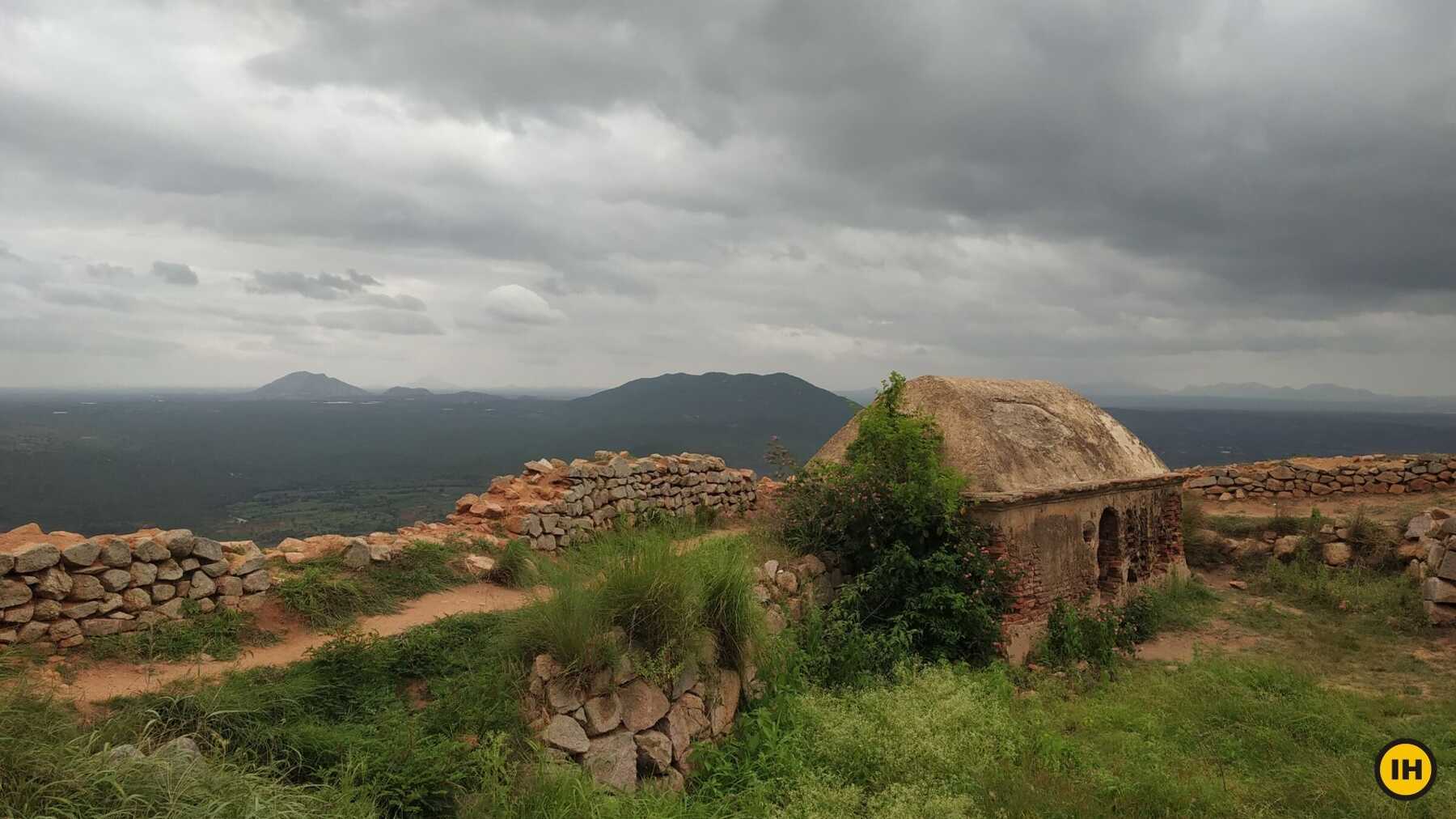Agasthyakoodam Trek: A Sacred Journey into the Western Ghats
The Agasthyakoodam Trek is one of the most spiritual and scenic trekking experiences in South India. Rising to 6,129 ft, Agasthyakoodam (also known as Agasthyamalai) is the second highest peak in Kerala and part of the UNESCO-listed Western Ghats. This trek is not just an adventure but also a pilgrimage, as the peak is believed to be the abode of Sage Agastya, a revered figure in Hindu mythology. With dense forests, rare medicinal plants, exotic wildlife, and breathtaking panoramic views, the trek is a blend of nature, spirituality, and adventure.
Spiritual Significance
The peak is considered sacred and is closely associated with Sage Agastya, believed to be one of the Saptarishis. The annual trek is allowed only for a limited period, adding to its spiritual and cultural importance.
The Trail Experience
The trail passes through tropical rainforests, bamboo groves, and grasslands. Trekkers witness rich biodiversity, including rare medicinal herbs and bird species. The climb is moderately challenging, but the serenity of the untouched wilderness makes the journey rewarding.
Highlights of the Trek
- Sacred peak with mythological significance
- Dense forests rich in medicinal plants
- Panoramic views of the Western Ghats
- Rare flora and fauna of the Agasthyamala Biosphere Reserve
- Limited-season trekking with strict permit regulations













